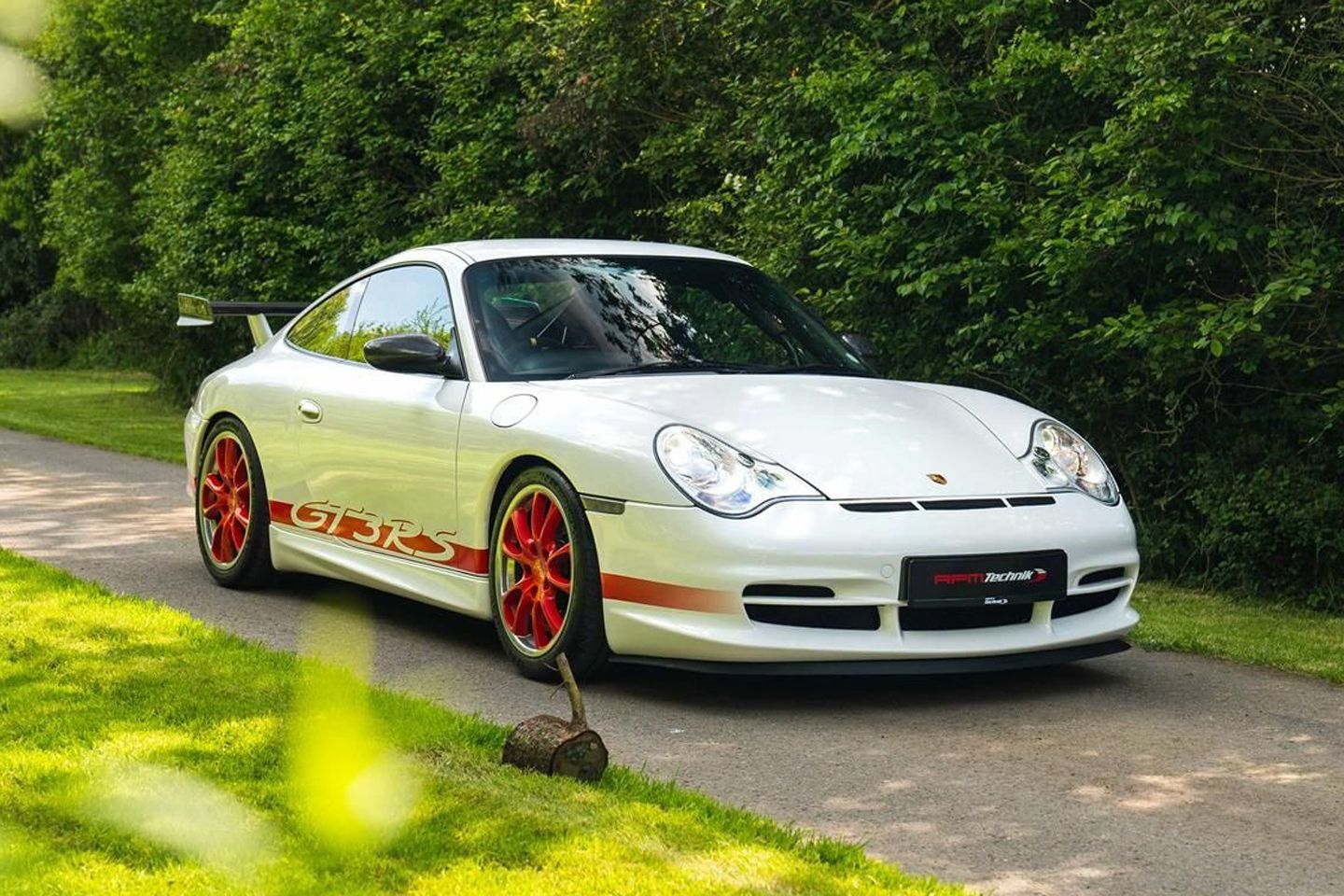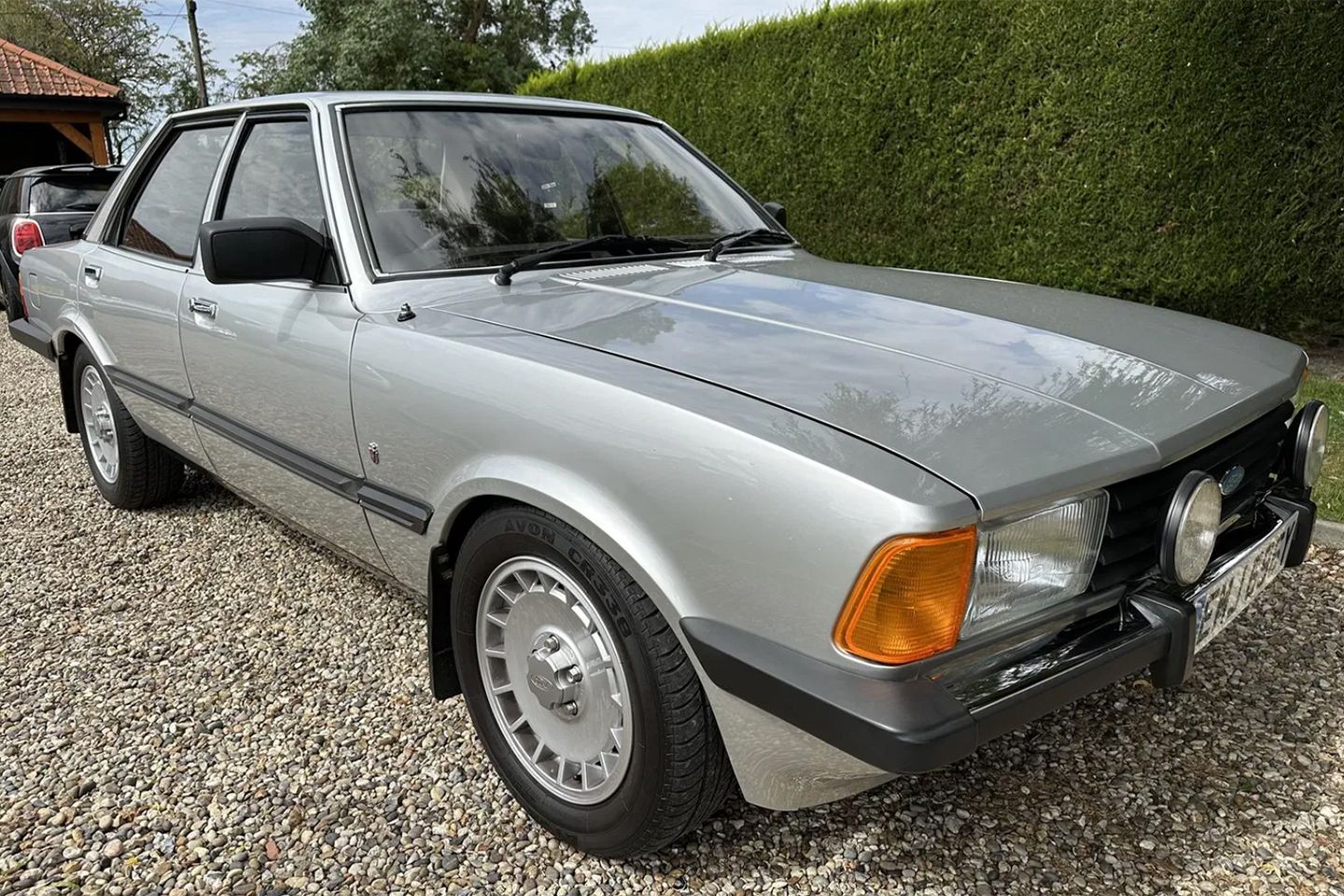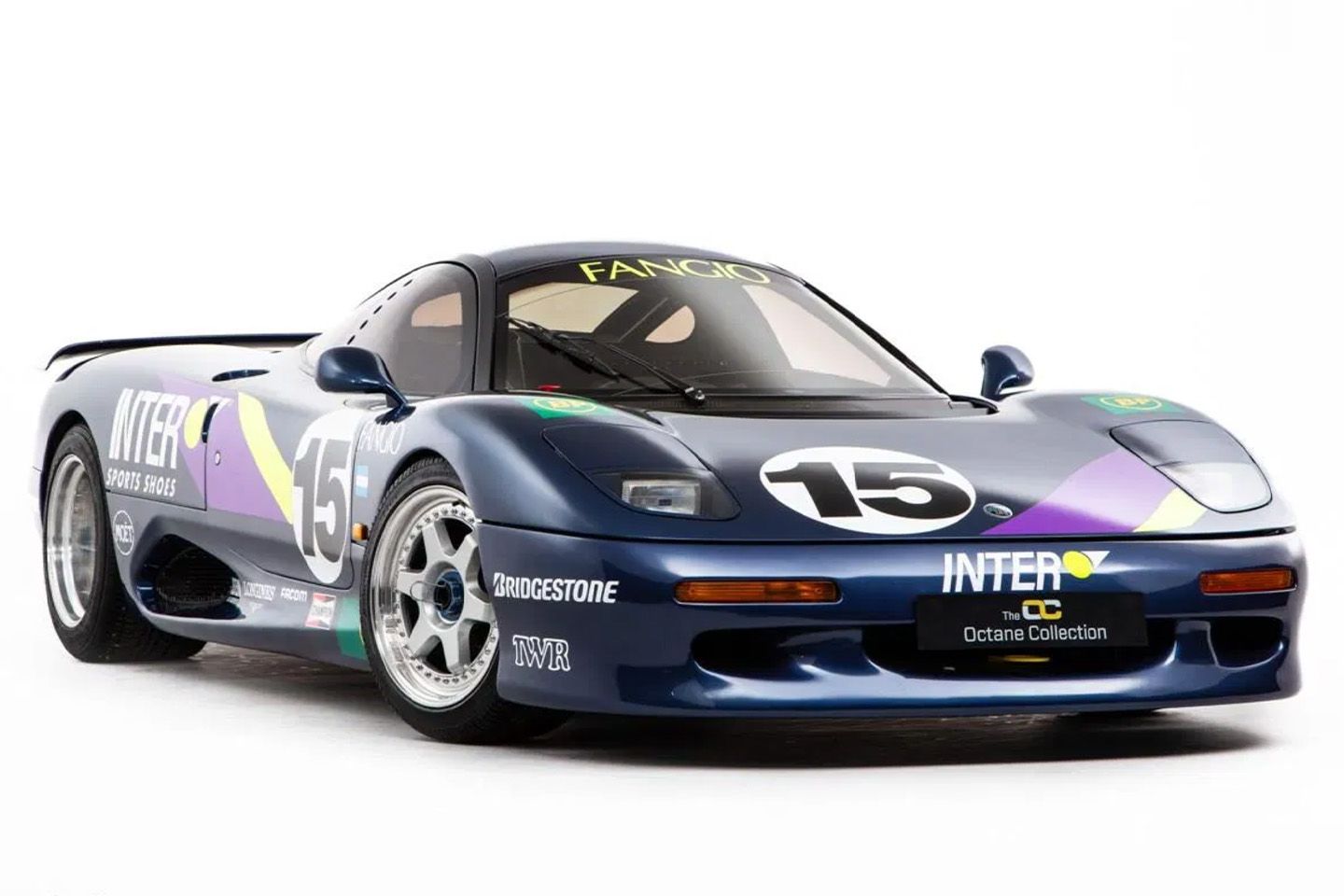
Life must get pretty boring as a retired Formula 1 driver. Well, aside from finding new ways to spend your sponsorship money, the endless invites to glamorous galas and being pestered for autographs ad infinitum. Some get their competitive fix with occasional outings in the World Endurance Championship, others by following the F1 circus as a TV pundit (or both in Jenson Button’s case). But these are some of the most competitive people on the planet; they’d gnaw your arm off for a chance to race in front of a packed Grand Prix crowd again, surely?
Well, it used to be a thing. Kind of. Back in 1979, BMW launched a one-make series that’d serve as a warm-up act for that season’s Formula 1 championship. The grid consisted entirely of M1 Procars (how good must that have sounded?) driven by racing legends such as Niki Lauda and Mario Andretti, and even drivers competing in the Grand Prix. The series was dropped in 1981, but Jaguar revived the format for 1991 in spectacular style by pitting racing greats against each other in 16 identical XJR-15s, one of which is up for sale here on PH.
The idea for the JaguarSport Intercontinental Challenge, quite possibly the greatest single-make series ever conceived, was as a high-profile advertisement for TWR and Jaguar’s radical new supercar. Arriving at the tail end of 1990, the XJR-15 was essentially a road-going version of the Le Mans-winning XJR-9, with swoopy styling designed by Peter Stevens and a 6.0-litre naturally aspirated V12 churning out 450hp. Doesn’t sound like much these days, but a kerb weight of just 1,050kg and a chassis crammed full of motorsport hardware made the XJR-15 a right handful to drive. There’s barely any footage of the series online, but the clips that exist show 16 of the world’s top drivers squirrelling their way through the streets of Monaco to the sound of Murray Walker’s commentary.
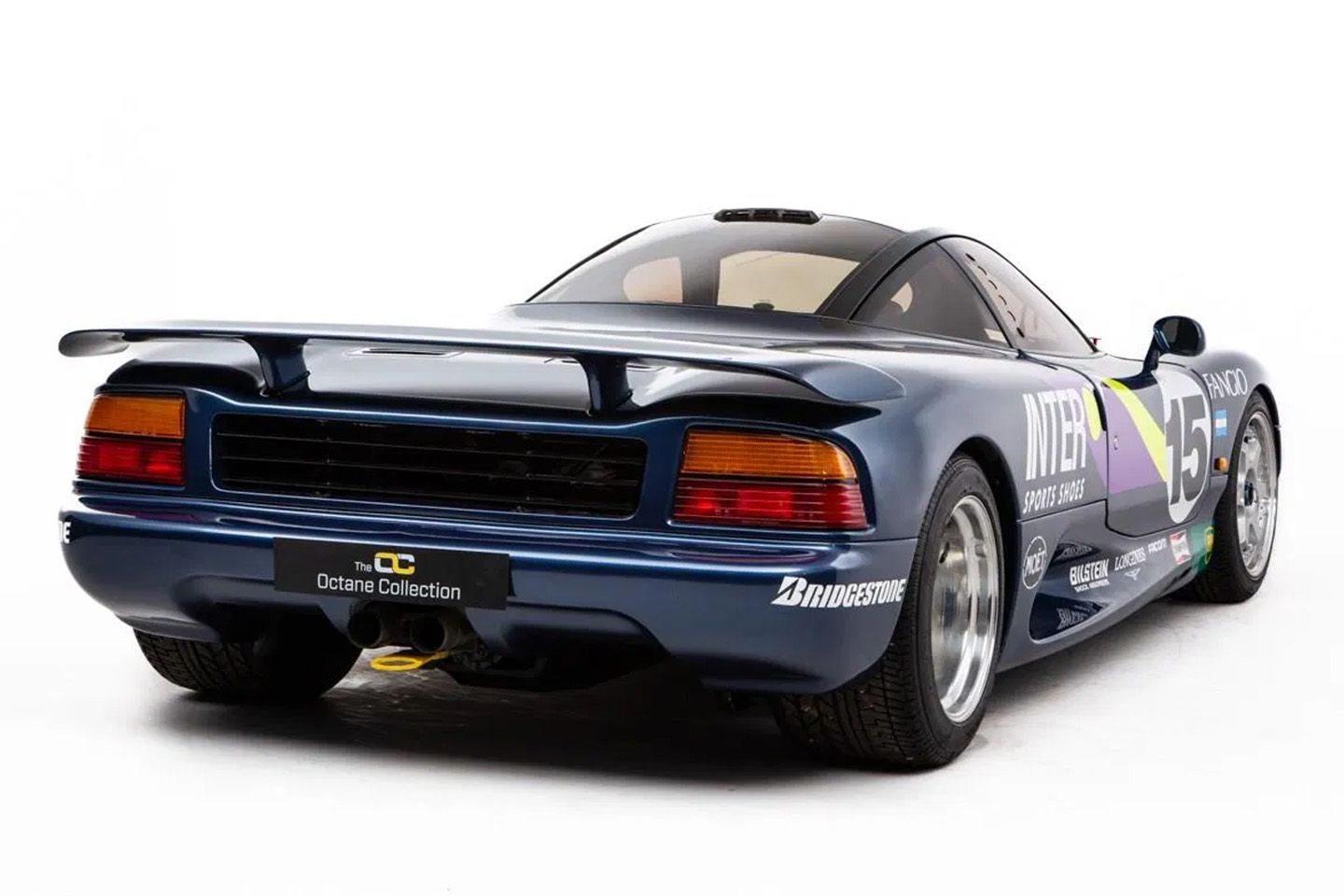
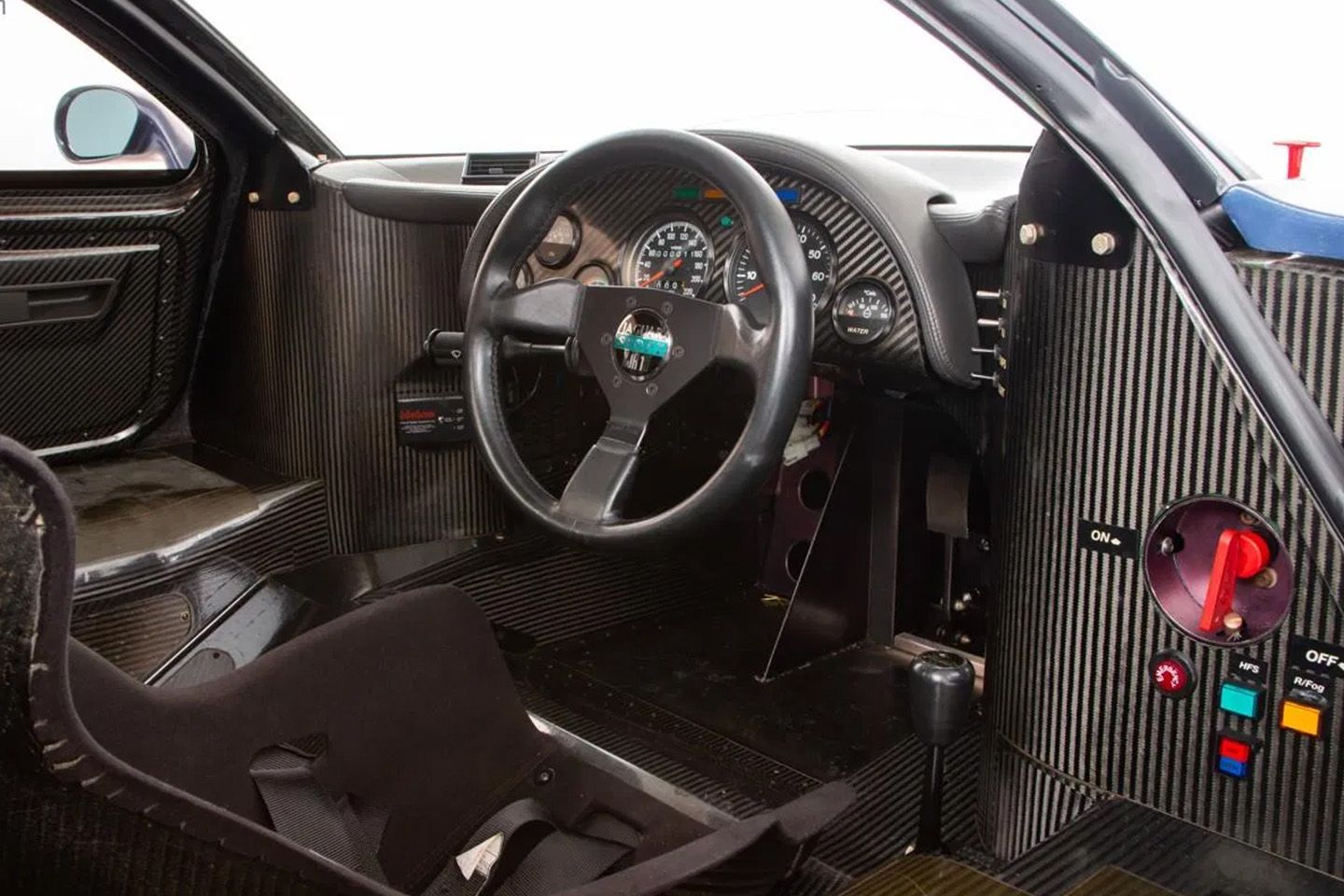
Little did TWR and Jaguar know that the series would be desperately needed to drum up interest. While the XJR-15 was highly advanced, being the first production car built entirely of carbon fibre and kevlar composites, customers weren’t all that keen on driving a road-going Le Mans car. The £500,000 price tag, which barely gets you a Vauxhall Corsa in 2024, didn’t help either, especially as the world had just entered a recession that’d go on to hurt sales of the McLaren F1 and Jaguar XJ220, too. In all, TWR went on to build 27 road-going examples of the XJR-15, with 16 earmarked for the one-make series.
This is one of the racers, still wearing its Intercontinental Challenge livery and original scrutinising stickers. You may have noticed the name above the driver, too. Driven by Juan Manuel Fangio II, nephew and namesake of the five-time F1 world champion, chassis 48 competed in all three rounds of the series, with Fangio taking home a win and a fourth-place finish at Silverstone and Monaco respectively. John Watson would take over Fangio’s spot for the final round at Spa, though didn’t make the chequered flag after colliding with Tiff Needell’s car.
Afterwards, the car was bought by former Samsung chief Lee Kun-hee and remained in his possession until 2020, when it was sold to a collector based in the UK. It was then restored by Riedling & Mouser, before being reunited with John Watson for the 2021 Goodwood Member’s Meeting. Three years later, it needs a new home, and the seller will even throw in a 600-mile XJR-S to sweeten the deal. Obviously, you’ll need to cough up for the XJR-15, which likely has a seven-figure sum hiding behind its POA – but how often do you get the chance to own a Fangio-driven race winner?

